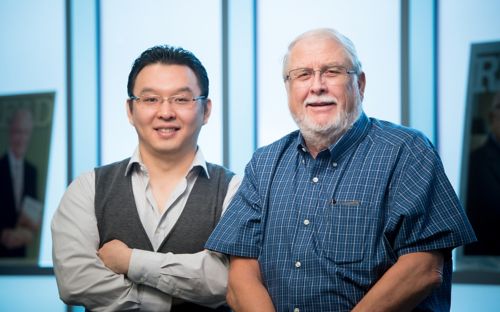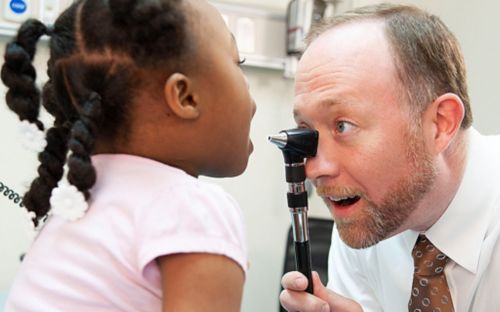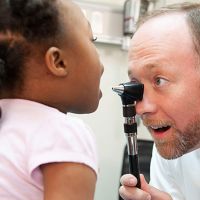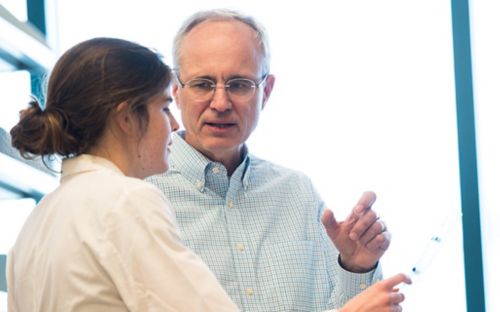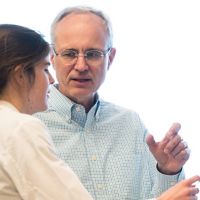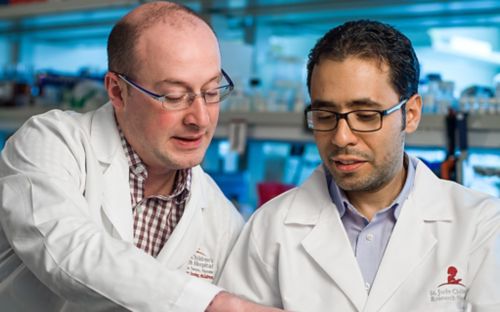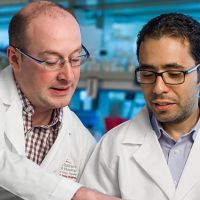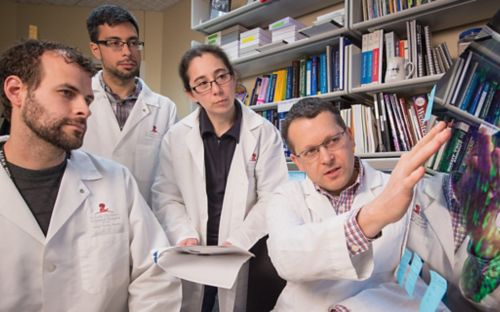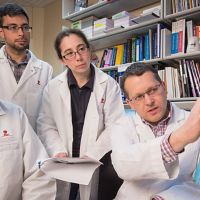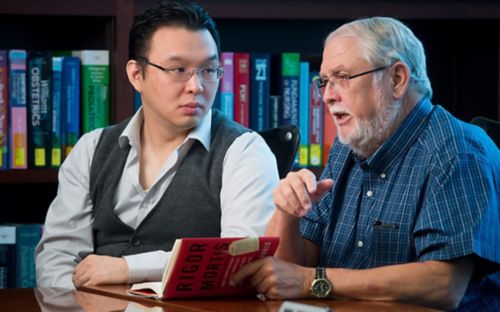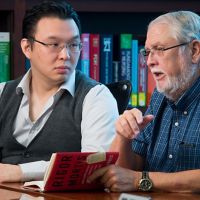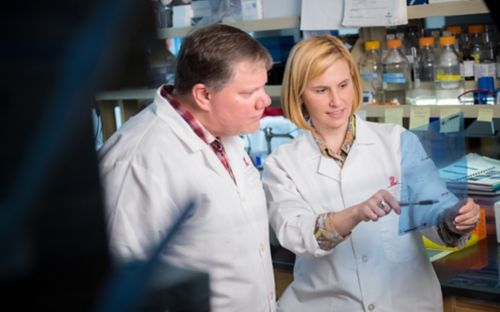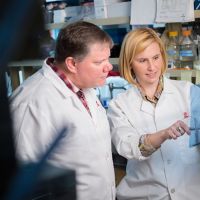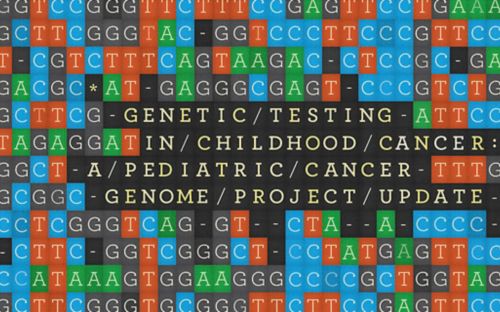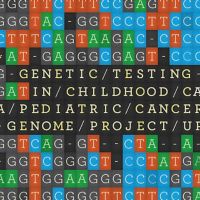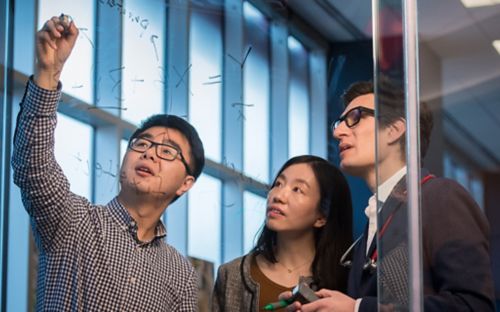Research
Learn about published research as well as leading-edge basic and translational research initiatives from St. Jude laboratories.
Statistical hypothesis testing: minimize bias and help ensure your results are significant
Don’t fall for the trap: Follow these 4 steps to help ensure your experimental results are statistically significant.
Hydroxyurea: How much is too much? Sickle cell study reveals individualized dosage leads to decreased hospitalizations
Federally-funded study of hydroxyurea shows that a long-held medication convention isn’t best for pediatric sickle cell patients.
CAR T cells: Are they on the horizon for treatment of solid tumors?
Ongoing research on CAR T-cell therapy, heralded as a miracle cure, shows promise for treating solid tumors. How close are we?
Cells trained to recognize returning infections
The former killers now recognize the enemy when it returns — and you’re better off because of it.
Fat Chance: 'Skinny Gene' research unexpectedly leads to tumor breakthrough
A wrong turn in fat research uncovered an important clue to pinpoint an origin of the most prevalent soft tissue cancer in children.
A hypothesis can’t be right unless it can be proven wrong
Always being right is wrong — Learn how science can be corrupted by poor experiments and theories that cannot be disproven.
Exploring the Sonic Hedgehog pathway – how embryonic cells broadcast their growth instructions
New research of the Sonic Hedgehog pathway shows potential targets for cancer treatments. Read how this cellular pathway plays a critical role in normal and cancerous development.
Genetic testing in childhood cancer: a Pediatric Cancer Genome Project update
Germline mutations can contribute to leukemia, retinoblastoma, and other pediatric cancers. Learn about advancements in the first landmark effort specifically designed to better understand these mutations and develop novel treatment methods.
There are thousands of whole genome sequences in St. Jude Cloud. And you can use them.
Because of St. Jude Cloud, terabytes of pediatric cancer genomic data can now be readily accessed, analyzed and visualized.
Safety in numbers: Advanced biostatistical model resolves questions on vancomycin side effects
Dr. Josh Wolf explains how biostatistics resolved safety questions on preemptive vancomycin for acute myeloid leukemia patients after chemotherapy.
